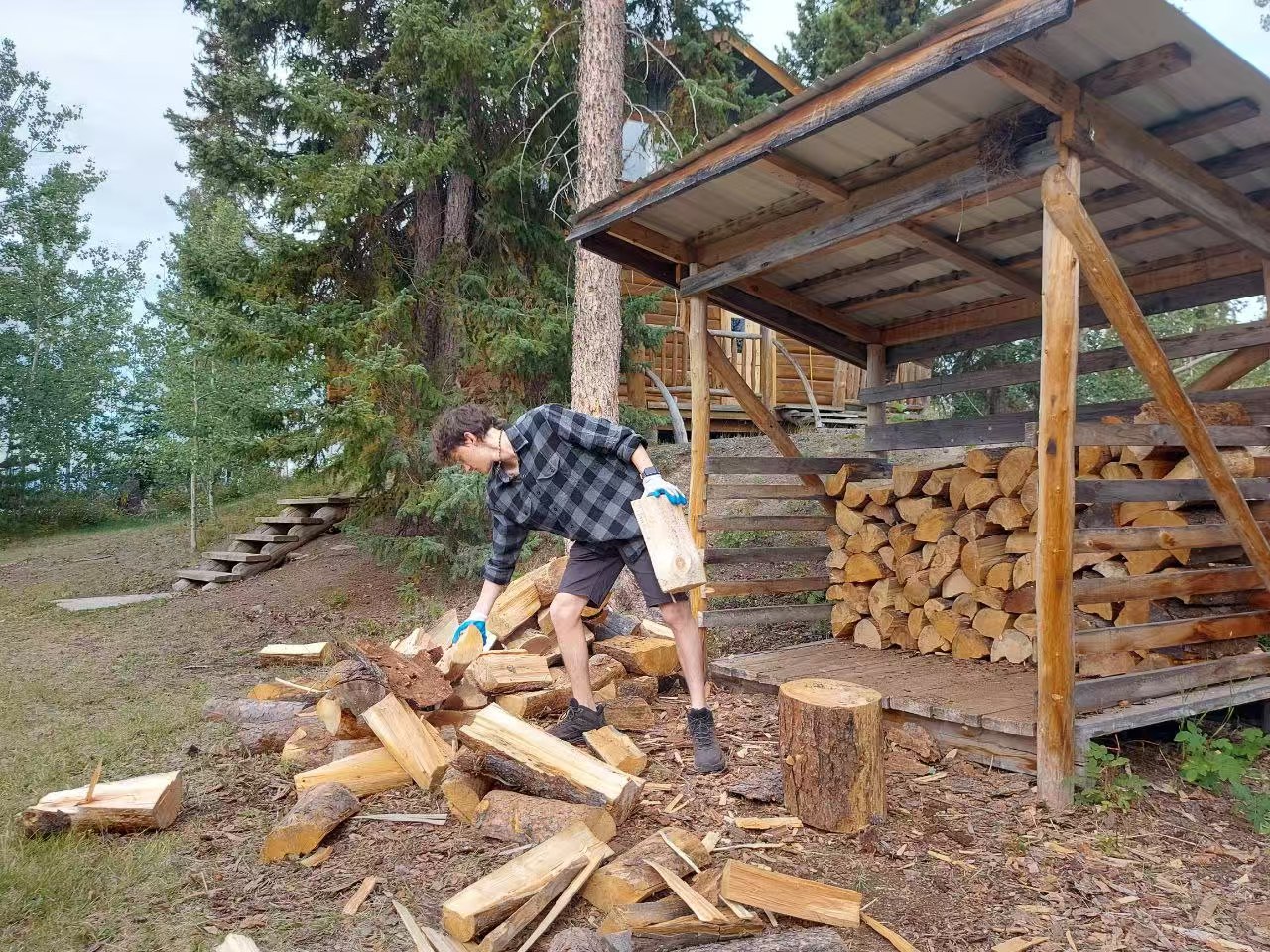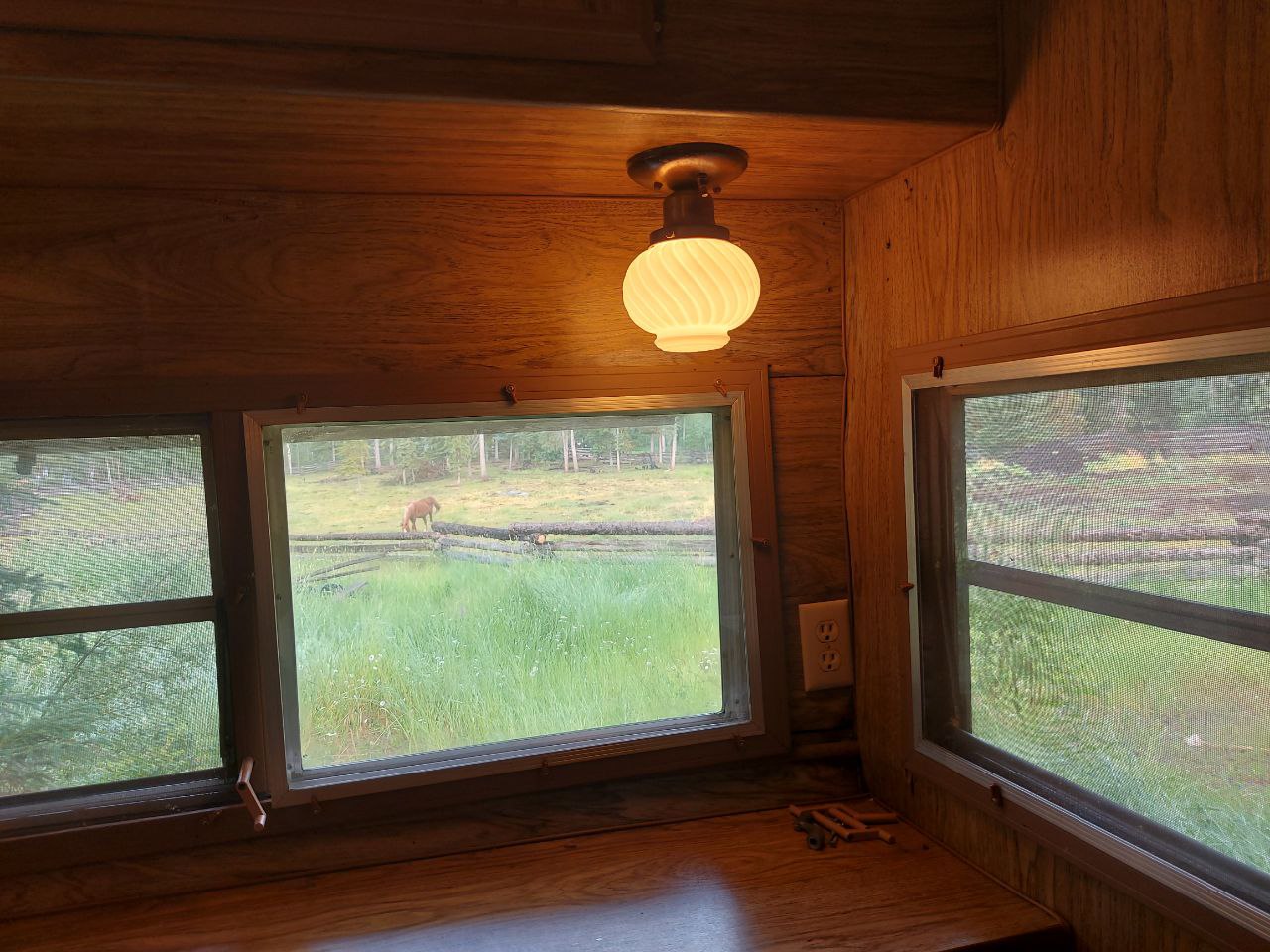|
How to Transform Your Yard into a Vegetable Garden
If you’re a keen gardener, you’ve probably thought about what it would be like to grow your own vegetable garden.In fact, most of us harbour a secret desire to become more self-sufficient. Unfortunately, the common assumption is that edible gardens are just too tough. They require too much hard work, eat up valuable time, and are tricky to maintain. Besides, who has room to nurture tomatoes when there’s so many other responsibilities to fit into the week?
Well, it is time to forget everything that you thought you knew about edible gardens. Yes, as a project, they require a lot of passion and commitment, but they can be made to fit around work, family, and home commitments. If you learn to garden efficiently, growing becomes not just simple but lots of fun. And, you’ll be gifted with an abundance of completely natural, wholly organic (and very tasty) produce as well.
This step by step guide is designed to make setting up your own vegetable garden an easy and enjoyable process.
Step One: Deciding What Veggies You Want
Before you start establishing an irrigation system* or making plans for pumpkin pie, you need to decide which vegetables you want to grow. While the temptation is to get over-excited and immediately start planting anything you can think of, this leads to waste. You should only plant – at least to begin with – vegetables, herbs, and fruits that you are confident you will use in the kitchen. Don’t worry about surplus veggies, because you can sell these at local markets.
Don’t forget that some vegetables can be picked more than once. Tomatoes, squash, and peppers will continue to produce throughout the season, so you only need a few of these plants. On the other hand, carrots, corn, and radishes can only be picked one time. If you’re a big fan, you might want to allocate more garden space to these varieties. When first starting out, every gardener makes mistakes, but a little careful thinking can minimise waste.
Step Two: Picking the Perfect Growing Spot
If you think that all edible gardens have to be large and sprawling, you’re wrong. A modest but properly maintained patch will always produce more than a mammoth, weed infested plot. If you’re new to veggie gardening, keep things small at first. The bigger the space, the harder it will be to keep it free of weeds. You can always make plans to enlarge it once you’ve got a bit of experience and skill under your belt.
Most varieties need at least 6-8 hours of sunshine every day. If they don’t get this, the harvest will be small or non-existent. Your plants will also find it harder to fight off disease and pests. Therefore, they must be positioned in the sunniest corner of the yard. At a push, shady gardens can still produce things like spinach, lettuce, and peas, but other sun loving species might be out of reach. As for irrigation, a spray or drip hose is the most efficient way to keep plants moist.
Step Three: Planning the Design of the Space
Also, you can’t just plant vegetables, herbs, and fruits in a random arrangement. Not only will this force slower growing varieties to fight for space, it will make it near impossible for you to actually get in there and monitor things. There are two common types of design for domestic veggie gardens; intensive and row cropping. Row cropping is exactly as you’d imagine – the plants are lined up in neat rows, so that there’s room for you to move about among them.
Row cropping requires more space (or fewer plants), but it does make monitoring and watering much easier. The alternative, intensive cropping, is a bit more intuitive. The plants are still grouped in small sections, but this is less rigid and regimental. Gardens that are intensively cropped don’t always look as if they have a disciplined arrangement. They are a bit wilder and some gardeners really like this. The major downside to this design is that it makes hand weeding substantially tougher.
Step Four: Digging Out the Veggie Beds
Before you start planting, it is important to take a moment to test the conditions of the soil. You can do this within the space of a day and you don’t need anything more than a hose. First, soak the soil in your garden with water – make sure that it is reasonable saturated. After 24 hours, return to the garden and dig up a small portion. Use your fingertips to squeeze and manipulate it. If the earth is still very wet, there is too much moisture under the surface.
To rectify this and give your veggies the best shot at success, add a generous layer of compost before you start planting. Ideally, you want the soil to be wet enough to form a ball when you squash it, but dry enough to crumble under a small degree of pressure. This is how you know you have healthy soil, with just the right amount of water. To prepare it for planting, loosen it up with a rake or tiller and work a modest amount of compost into the fertile earth.
Step Five: Start Planting and Get Munching
The health of your edible garden is dependent not just on the weather, sunlight, and soil conditions, but also on your vigilance. For the most part, herbs and veggies are great at growing without too much intervention, but they rely on their owners to step in if the balance of these three things is upset in any way. For instance, if the summer is very dry and hot, hand watering provides instant relief. If your plants are looking anaemic or too small, look at what might be going wrong and make changes.
|
 Haha, I’ve got a helper now!
Xuefeng
September 8, 2024
(Translation edited by Q
Haha, I’ve got a helper now!
Xuefeng
September 8, 2024
(Translation edited by Q
 Haha, I felt young again!XuefengYesterday morning, after breakfast, I started ch
Haha, I felt young again!XuefengYesterday morning, after breakfast, I started ch
 Papaver rhoeas: The Designated Flower of Lifechanyuan
by Xuefeng
August 20, 2024
Papaver rhoeas: The Designated Flower of Lifechanyuan
by Xuefeng
August 20, 2024
 Joyful Games and Warm Welcome for Gabi at Lifechanyuan's Thai Home
Qianzi Celest
Joyful Games and Warm Welcome for Gabi at Lifechanyuan's Thai Home
Qianzi Celest
 Chilean Girl Gabi Experiences the Life of Lifechanyuan Thailand Second Home Comm
Chilean Girl Gabi Experiences the Life of Lifechanyuan Thailand Second Home Comm
 Another Clean and Tidy Joy House
In the tourist resort Holy Land Home, the guide
Another Clean and Tidy Joy House
In the tourist resort Holy Land Home, the guide
 Post time 2017-10-26 15:52:19
|
3670views0replies
Show the author posts only
|View large image
Post time 2017-10-26 15:52:19
|
3670views0replies
Show the author posts only
|View large image
 |Descending
|Read mode
|Descending
|Read mode






 Favorites
Favorites Relay
Relay Shares
Shares Collection
Collection